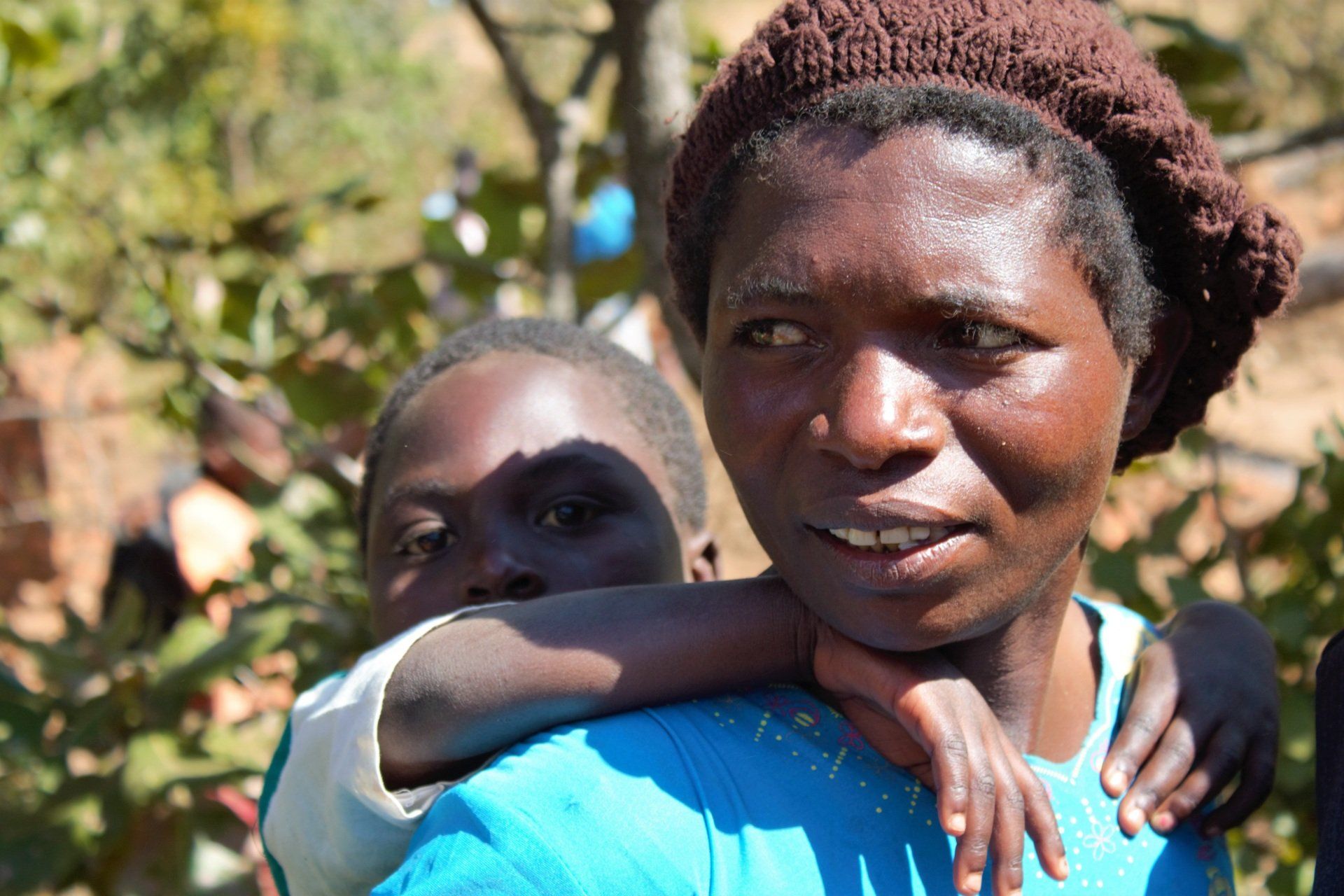Climate January-March The “Emerald Season” is one of re-growth, replenishment and rebirth. The birds are breeding and its peak birth season of many animals. The rainfall is at its highest during these months but it mostly falls at night. With the rainfall, the Victoria Falls in neighbouring Zambia is getting to its peak of their flow around March. Weather: Warm / need waterproofs. April-May The rains have gone but there is the odd potential rain storm around. The grass is now tall and green, the skies are clear and the blue, the new generation of birds have left the nests and the migrants start to leave. Weather: Warm in the day and not yet cold at night.
June-July This is now the dry season and is also our winter. The grass dries up and dies back, this makes for easier sightings when in the Luangwa Valley. Weather: warm days but cold at night and in the early mornings. Jackets needed.
August, the bush is dry. Weather: Varies from cool to hot. Can still have cold spells.
September Weather: Hot, dry and hazy. Trees flower and lose leaves.
October New growth starts – and there are newborns everywhere towards the end of the month. Weather: Very dry and hot with cloud build up, could have occasional rain when it can cool down and clear the air. It can be very hot (up to 45 degrees in the shade).
November-December An extremely beautiful and exciting time of the year. The migrant birds arrive; excellent bird-watching. The onset of the rains can also bring a deluge of flying ants and other insects (sometimes in pretty big proportions, but normally lasting a few hours). With the insects come the cooler temperatures but also the humidity. Weather: Hot, slightly humid. Early rains, vary from the odd shower to short periods of daily afternoon storms. These can be very dramatic with wind, dark clouds, and shafts of light, sheet lightening.


